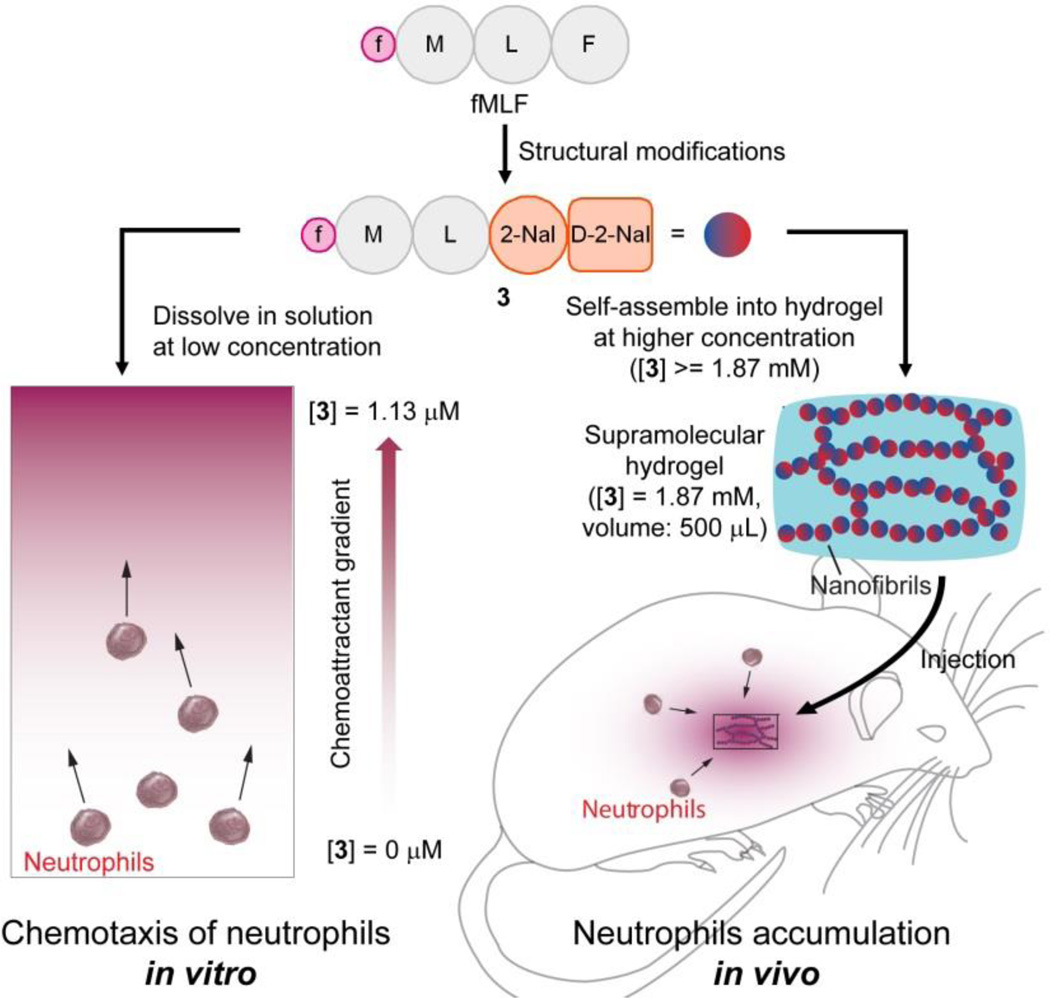Scheme 1. The illustration of converting fMLF to a fMLF-based hydrogelator (3) to induce the chemotaxis of neutrophils in vitro and accumulation of neutrophils in vivo.
In vitro assay: 3 induces chemotaxis of murine and human neutrophils at the minimum effective concentrations of 1.13 µM and 11.3 nM, respectively. In vivo assay: the hydrogel of 3 slowly releases 3 for attracting neutrophils to the location of the hydrogel (at the dosage of 0.935 µmole per mouse). Denotation: f = formyl, M = l-methionyl residue, L = l-leucyl residue, F = l-phenylalaninyl residue, 2-Nal = l-3-(2–naphthyl)-alaninyl residue and d-2-Nal = d-3-(2–naphthyl)-alaninyl residue.

